“We have to protect the mangroves so they can protect us”
On the coast of the Bay of Bengal where India meets Bangladesh, a loss of mangrove forests has increased the threat from tropical cyclones. But a group of dedicated volunteers is working to rewild these natural defences.
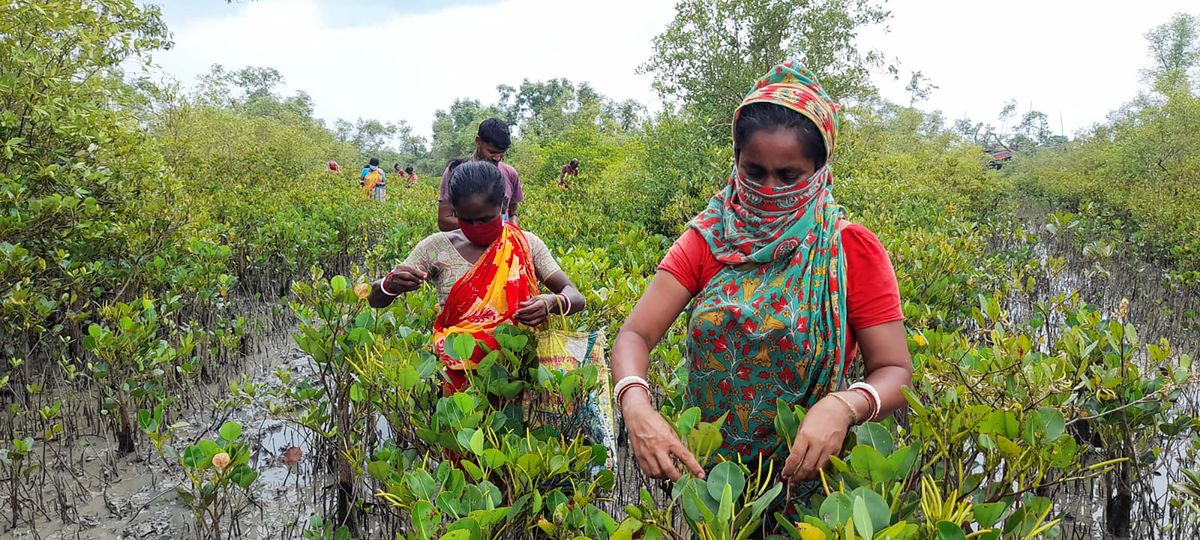
“My husband got killed by a tiger when he had ventured out for fishing,” said Malati Mondal. Clad in a saree with its faded green and yellow print patched with dollops of watery mud, she was one of the village women I had found that morning working under a dark July sky. Monsoon clouds hung low over the estuarine forests of Sunderbans, a region southeast of Kolkata, where India meets Bangladesh.
Knee-deep in the slushy mud, Malati and her teammates were scouting for mangrove seeds washed ashore by high water and then left behind by receding tides along the river banks. Thorny mangrove root structures stuck out of the tidal mudflats, hemmed with dense clusters of bushes. Malati told me that these dark green shrubs are the tigers’ favoured hideouts.
Malati is one of the so-called tiger widows who have lost their husbands to attacks from the region’s endangered Bengal tigers. Now, many of them are actively trying to protect the forest where the feared predators live.
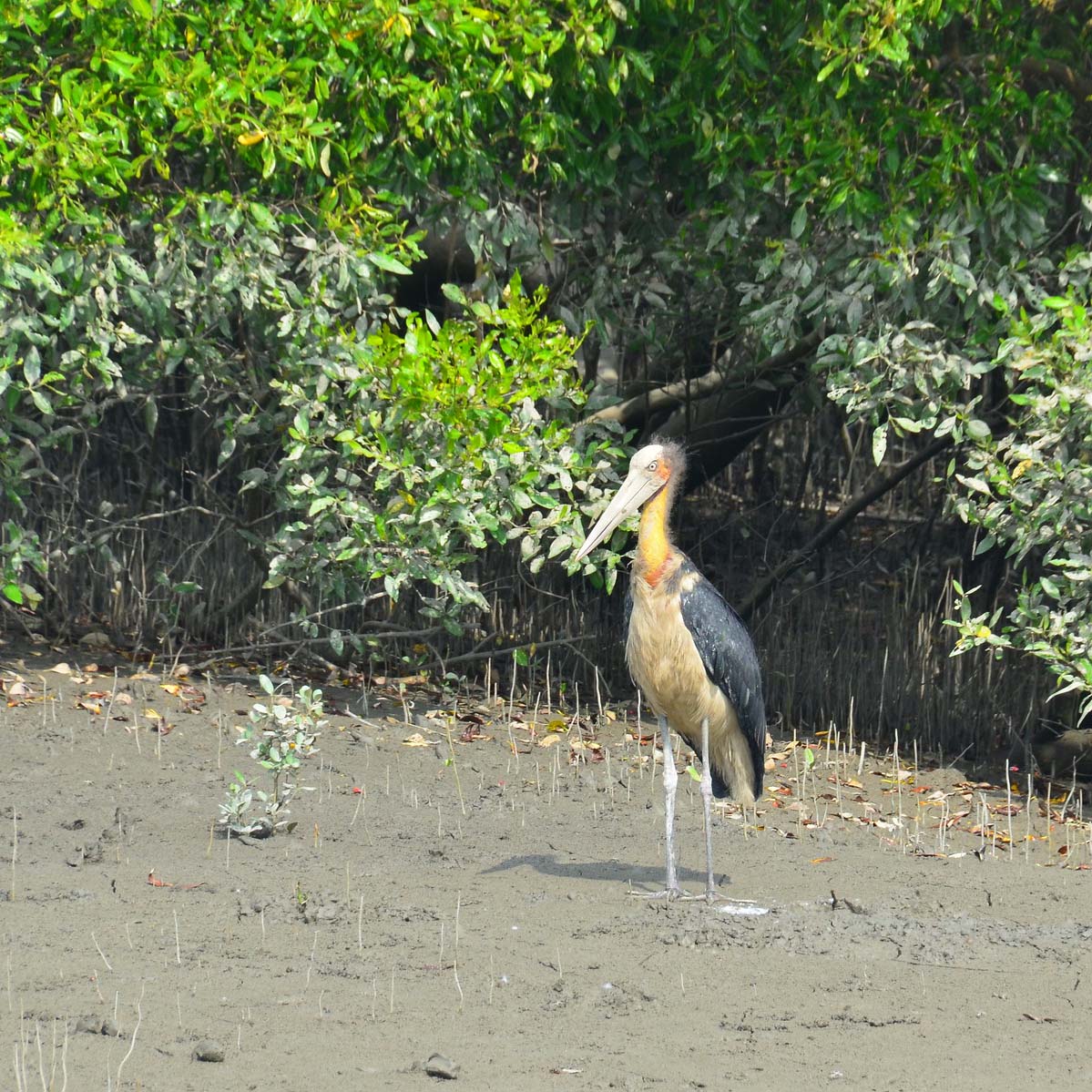
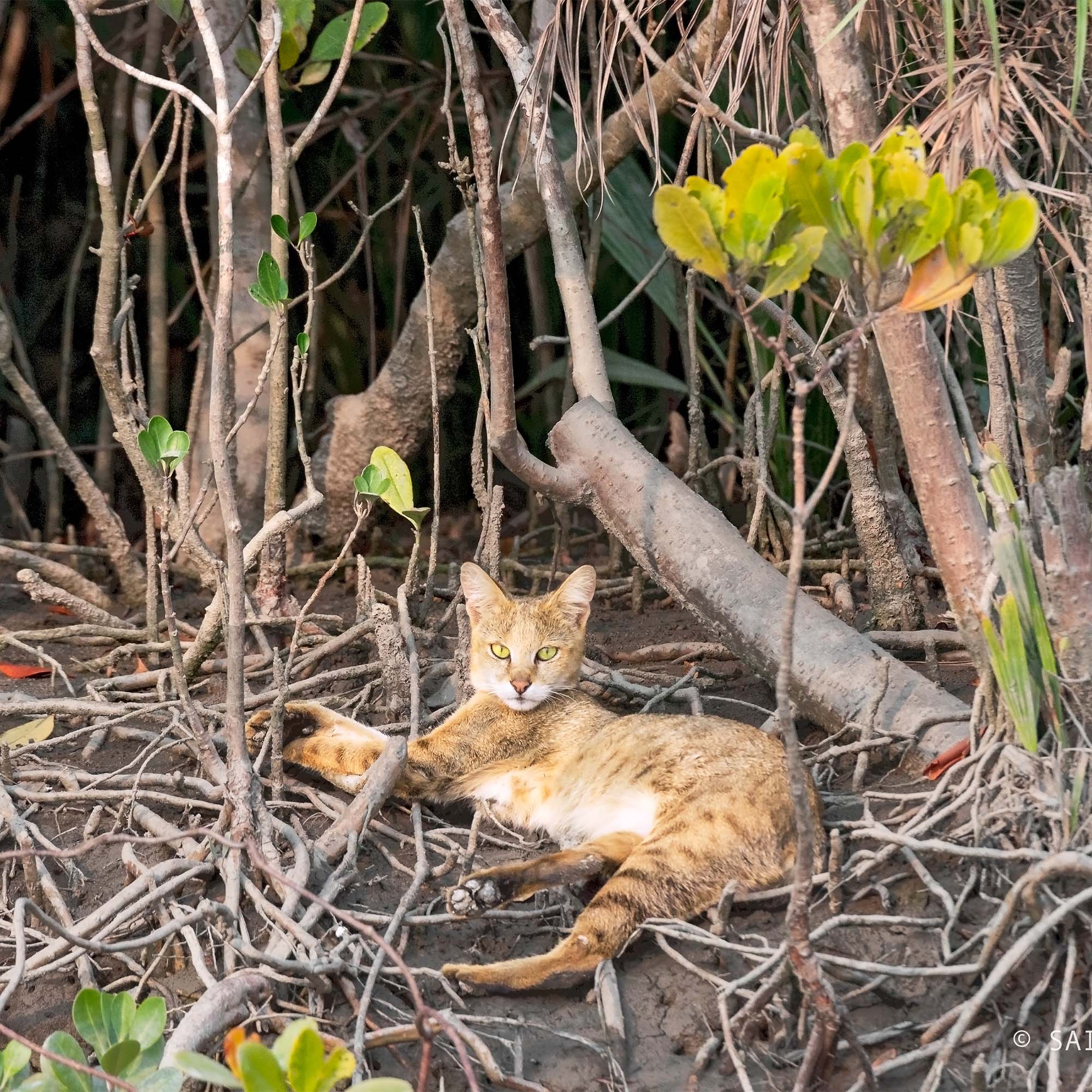
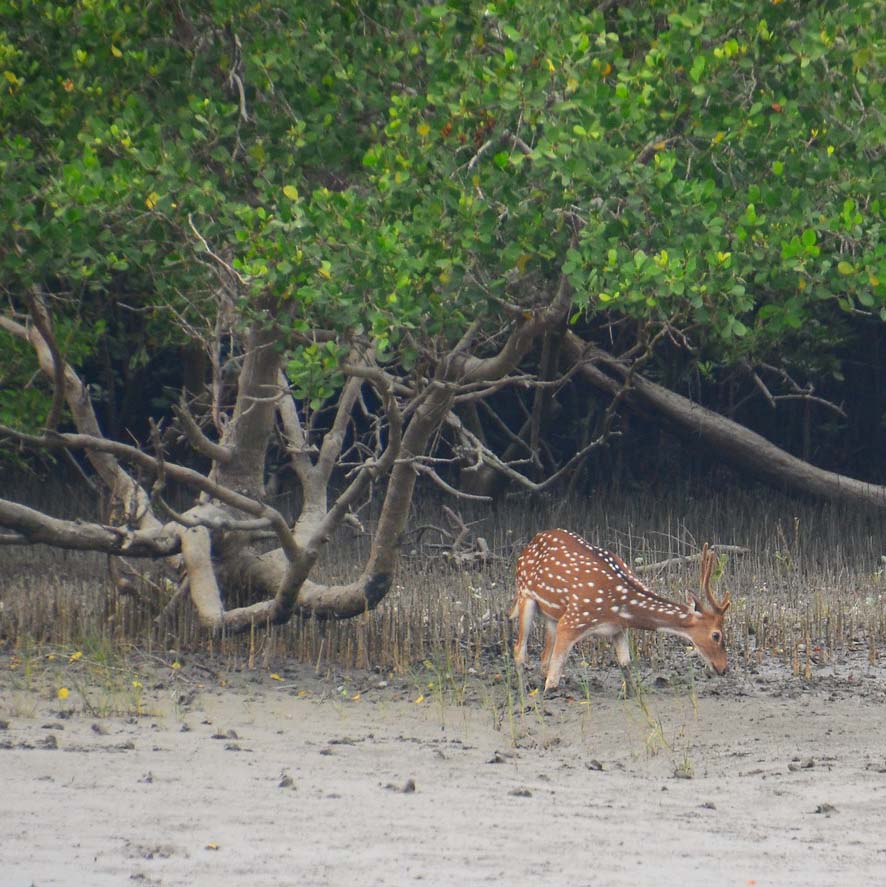
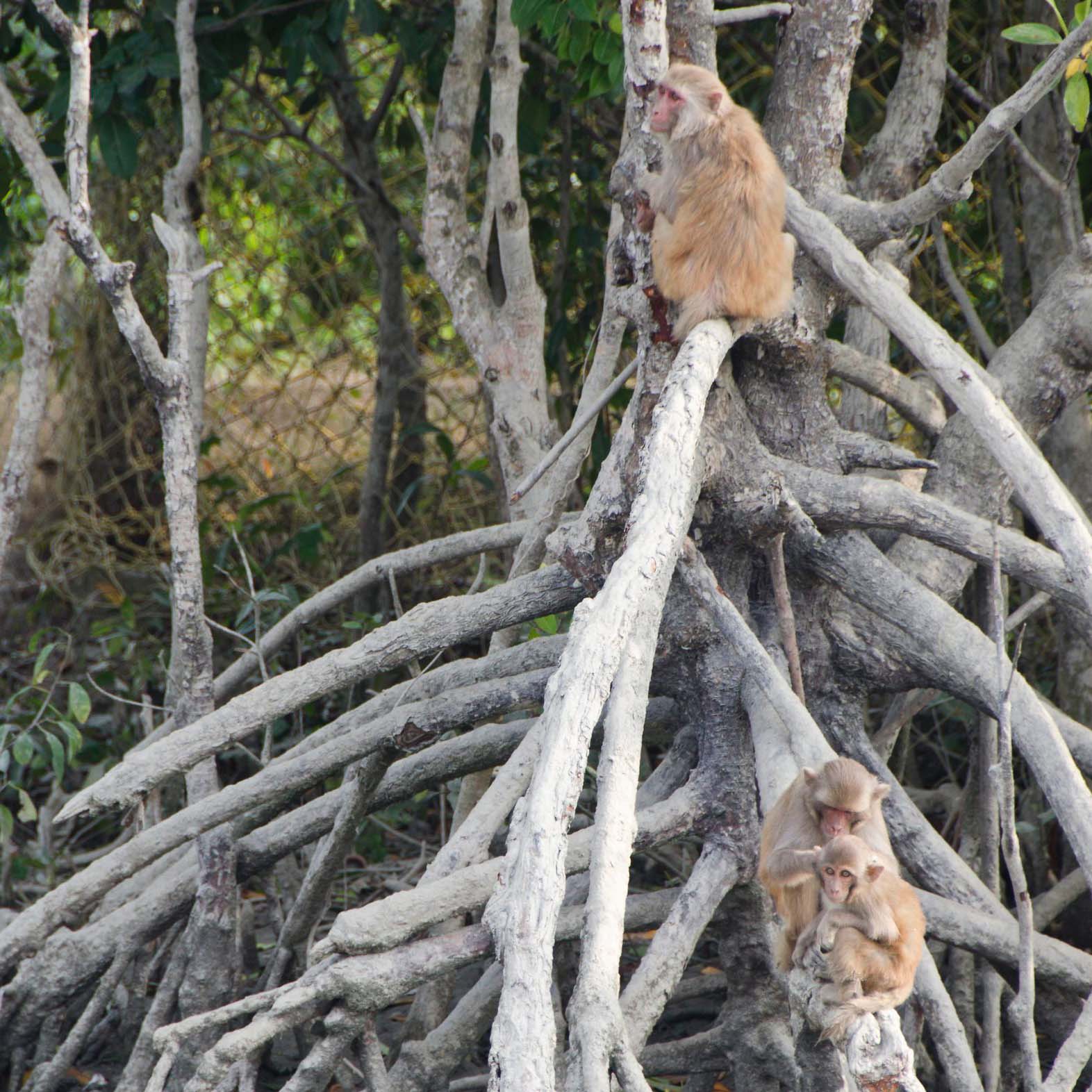
Some non-human residents of the Sunderbans mangrove forest. Clockwise from top left: a stork (photo: Matthew Stevens / Flickr); a jungle cat (photo: Sai Adikarla / Flickr); some monkeys (photo: Eric Parker / Flickr); and a spotted deer (photo: Matthew Stevens / Flickr).
Sunderbans is the world’s largest delta. A biodiversity hot spot, it is home to endangered species including the northern river terrapin and Ganges dolphin. The biggest challenge now facing the region is climate change. A rise in sea level induced by global warming and declining freshwater supply is causing an increase in salinity, while the estuarine rivers are losing their upstream connection due to heavy build-up of silt. The salinity factor is posing a serious threat to the mangrove forest. While mangroves in general prefer brackish water, some of the dominant species here such as sundari (Heritiera fomes) have a relatively low tolerance for salinity.
The world’s largest mangrove forest, the roughly 10,000 square kilometres (3,900 square miles) of Sunderbans is an intricate network of tidal waterways, rivulets and creeks that craft an astonishing landscape spanning two countries. Criss-crossed with dense mangrove forest and estuarine waters, it is dotted with small islands. Of the 102 islands, 54 are inhabited, home to about 4 million people.
“Life has always been tough here, since human settlements began in the late 19th century,” said Prashanta Sarkar, a resident of Jharkhali, one of the largest islands on the Indian side of the Sunderbans. Basic requirements such as healthcare, education, communication and roadways have always been difficult to provide in this inhospitable and often inaccessible terrain. But due to climate change and saltwater ingress, the Sunderbans habitats are threatened like never before.

“Due to the progressive salinization, sundari trees have acquired the ‘top-dying disease’ that retards seed germination and stunts their growth,” said Abhijit Mitra, who teaches marine science at the University of Calcutta. “Eventually, the species disappears.” Human encroachment and rising sea levels are also contributing to the gradual shrinking of the deltaic forest. Over the past 30 years, 24.55 percent of the mangrove forest cover – natural barriers against tidal surges and cyclones – has been lost in the Sunderbans.
The effect has been vicious.
In the past 15 years, a series of cyclones have severely breached the Sunderbans’ earthen embankments, and hectares of agricultural land have been swamped with saltwater ingress, leaving farmland fallow and freshwater ponds inundated. More than 80 people died in May 2020, when super-cyclone Amphan hit the region and razed thousands of village homes to the ground. Half a million people had to be evacuated.
The International Union for Conservation of Nature (IUCN) lists the Sunderbans mangrove ecosystem as endangered. They also name it “the global hotspot for human-tiger conflict,” with the highest number of human deaths by tigers among all tiger conservation zones on the planet. There might be a direct correlation between the depletion of mangroves and the increase in human-tiger conflicts in Sunderbans, said Mitra. “With the shrinking of the forest, herbivores like spotted deer, which are favoured prey of the big cats, have less access to food and are dwindling in numbers,” he explained. “As the natural prey base diminishes, the tigers encroach into human settlements in search of food.”

The humans of the delta that these tigers have found and killed are mostly fishermen, woodcutters and honey-gatherers, whose work takes them deeper into the forest – a lucrative risk, as earnings from this work far exceed what they might earn from agricultural labour. The more than 3,000 wives left behind are referred to as “byaghro bidhaba” – tiger widows.
To help restore the forests, there has been a concerted government effort to plant various species of mangrove trees along the sloping ridges of river embankments. It’s an important step, but it’s not enough.
“The government is doing their job, but we felt that the resilience had to come from within,” said Akul Biswas, the secretary of Jharkhali Sabuj Bahini (Green Brigade of Jharkhali), one of the community-led volunteer organizations that are working to bring back the invaluable green cover the Sunderbans have lost. A 300-strong band of women volunteers from the village of Jharkhali forms the core of the squad. Of the group, 86 are tiger widows. Backed by several NGOs, the mangrove restoration project is underway across the delta under the aegis of local initiatives such as Jharkhali Sabuj Bahini. And everywhere, the tiger widows form a large chunk of the working group.
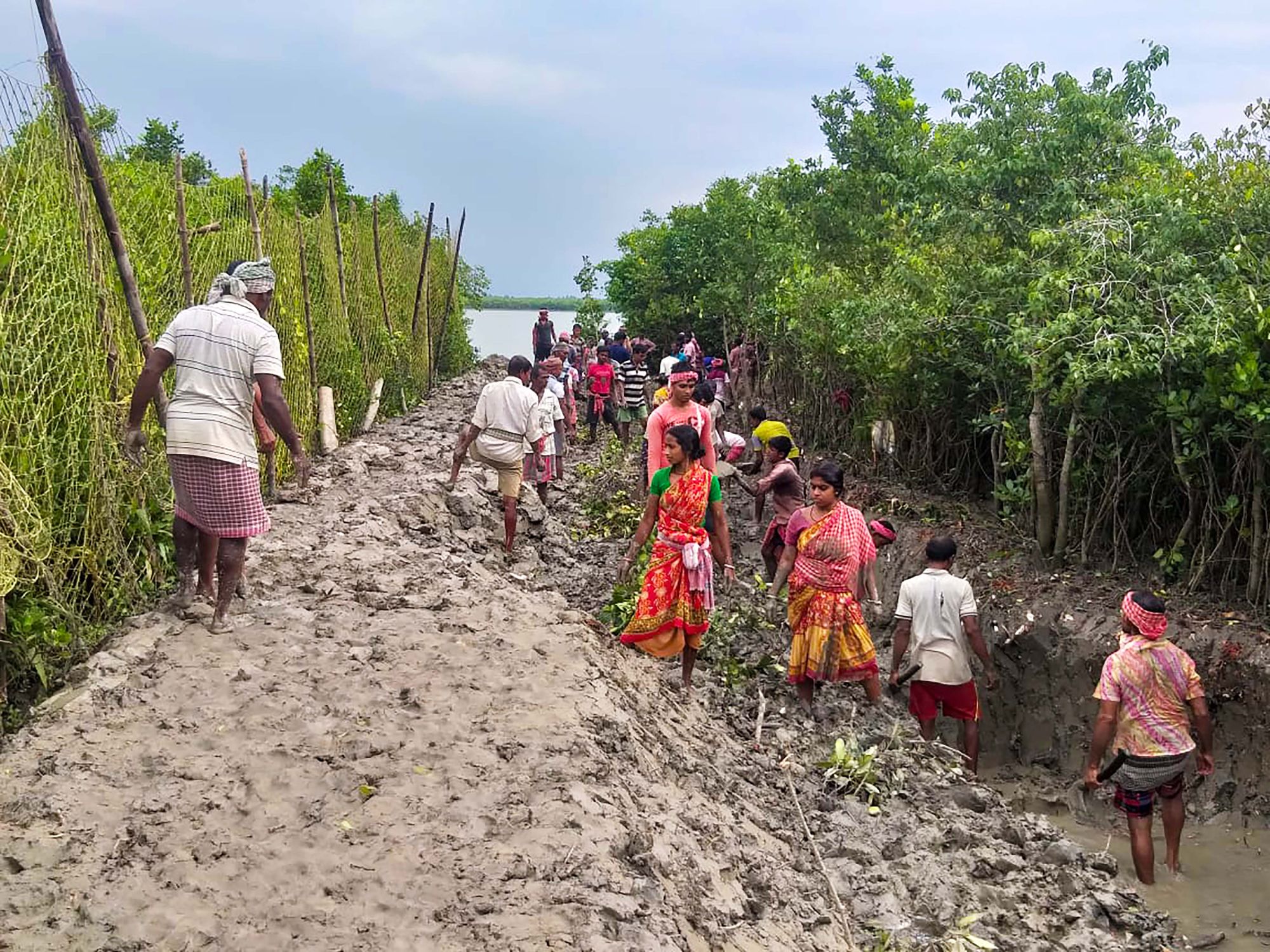
Initial planting was mostly done along embankments affected by erosion, with disappointing results. “It is difficult for the mangroves to germinate and sustain on eroding shorelines,” Malati told me. “Most of the saplings were washed away by the river.”
The village women overcame this bottleneck with an innovative twist. They have made nursery beds in their villages where seeds are planted in gunny bags, or even in thick plastic packets. “We rear them in the nursery for about three months,” said Malati. This is time-consuming work and needs continuous supervision. The women take turns to guard the sites to protect the immature seedlings from grazing cattle, and to check that the protective fencing of bamboo strips and nets is in place. They regularly feed the plants with water from sweet-water ponds and every fortnight, they religiously dig up the ground to ensure that the water filters down to the roots and the clay soil does not get hard. When the saplings grow to a height of about two or three feet, the women plant them along the embankment. Now they are ready to act as a green barricade, their intricate and knotty root systems reaching deep into the soil, strengthening the earthen embankments to absorb the shock of sudden tidal surges.
“We have realised that we have to protect the mangroves so they can protect us,” said Dropodi Mondal. “This is essentially a symbiotic relationship.”
For the women of Jharkhali, this is a volunteer project, not a paid job. On some other islands like Gosaba, planting mangroves is a means of supporting rural livelihoods. Village women earn about 1,000 to 1,500 Indian rupees ($12 to $18 USD) per month for this work, a subsistence amount that can take care of a family’s basic food costs for about two weeks. But the women of Jharkhali seem happy with this arrangement. “We have felt that with monetary compensation, it would be more like a daily wage job, and that would involve a few complications,” said Malati. “For us, it is a labour of love to save our home and hearth.” She added that the entire work schedule is coordinated by the women themselves.
The model seems to be paying off. Sarkar said that 800,000 saplings have been planted since 2014, with an 80 percent survival rate. He added that on the island of Gosaba, the outcome is equally encouraging.
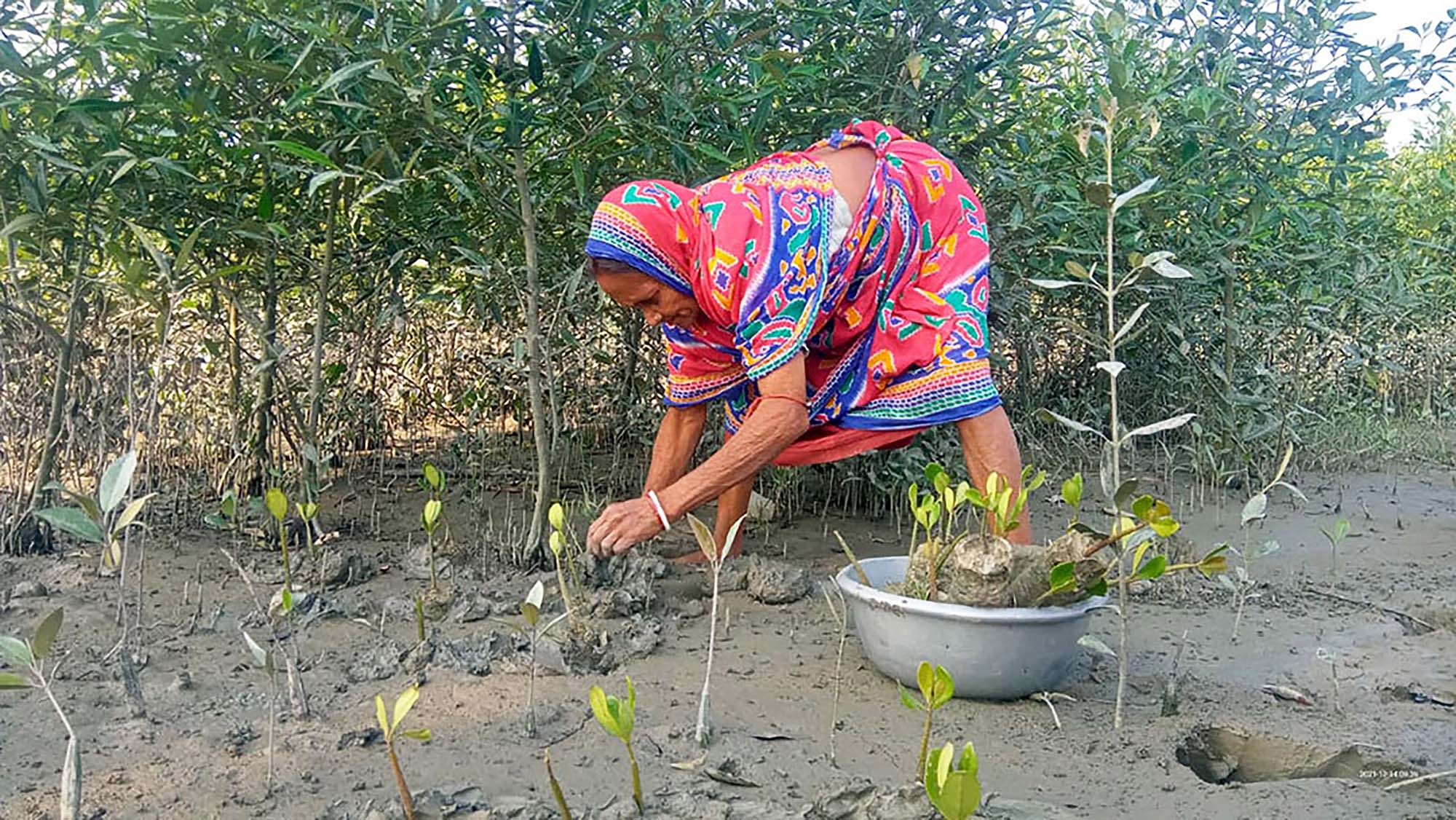
That morning in Jharkhali, I watched the women wading through muddy pools in orchestrated movements, collecting mangrove seeds and sorting them to be planted at designated sites according to their salinity tolerance. The state government of Bengal has set a target of 50 million mangrove saplings to be planted in the Sunderbans – a target that experts believe is improbable.
But these ground-level initiatives infuse a semblance of hope.
As vacant stretches of land along river embankments continue to receive fresh green cover, the tiger widows might be helping to restore an endangered ecosystem in an inclusive way, where they are also indirectly helping to sustain the animal that killed their husbands – with the ultimate goal not just of protecting land from erosion and storms, but of reducing future attacks by rebuilding habitat for tigers’ natural prey.
“We know Sunderbans will be hit by another strong cyclone. Maybe in two years…five, if we are lucky,” Malati said, with quiet resolve in her voice. “But we think our green barricade will be much better prepared to protect this land from the devastating effects.”



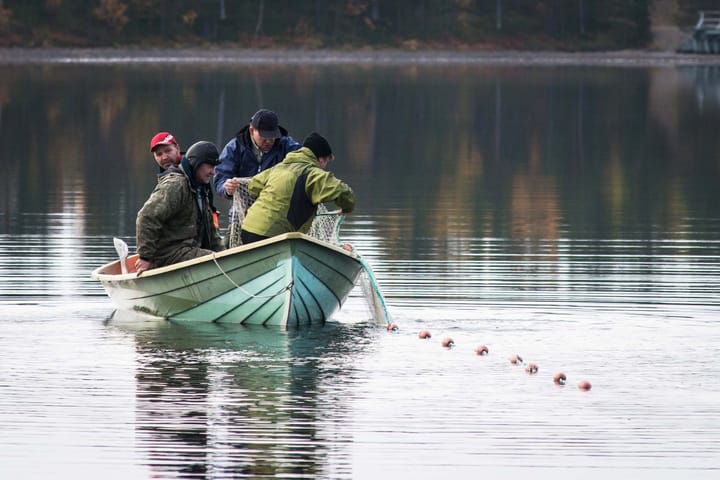




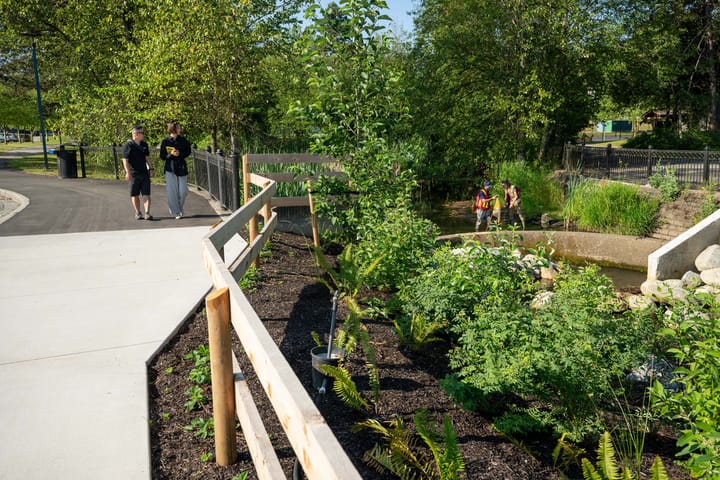
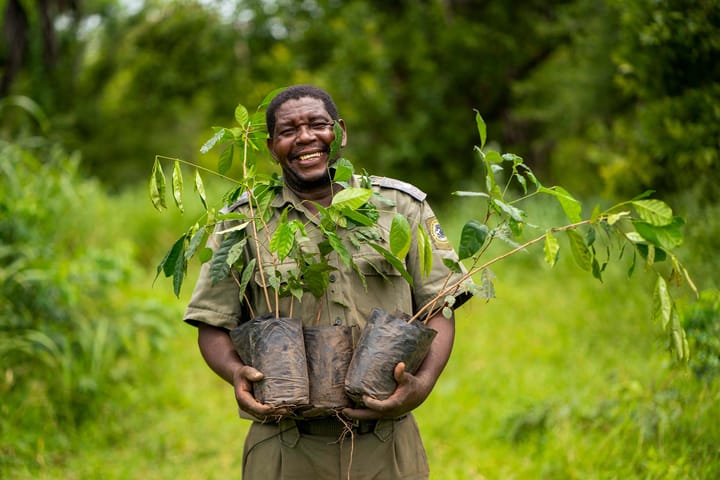
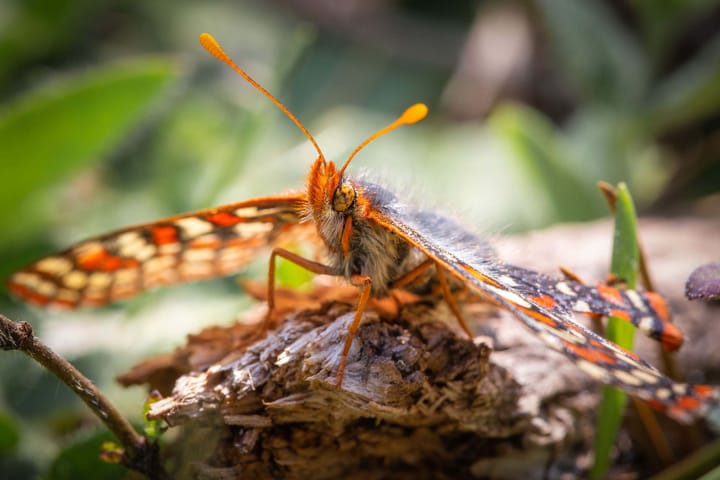
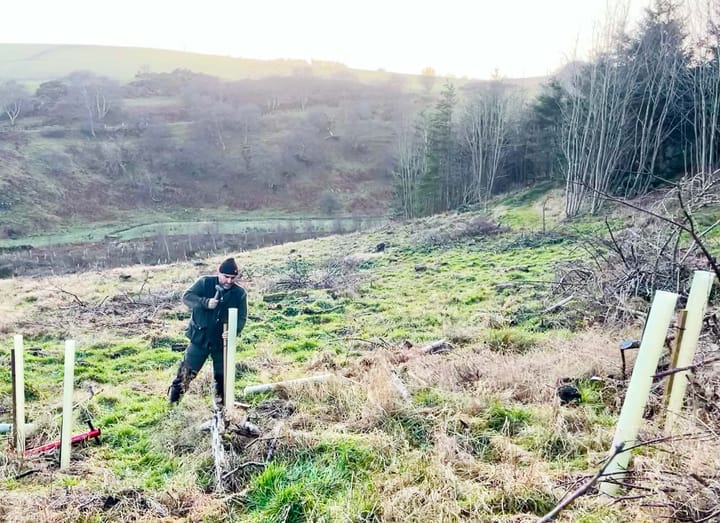
Comments ()